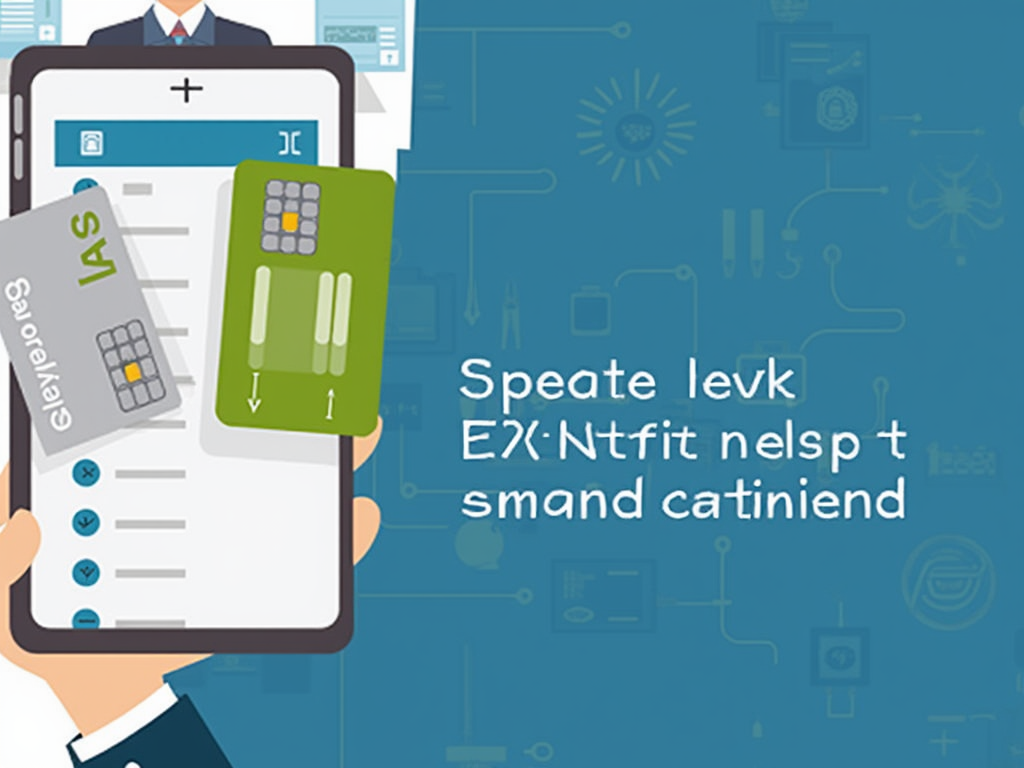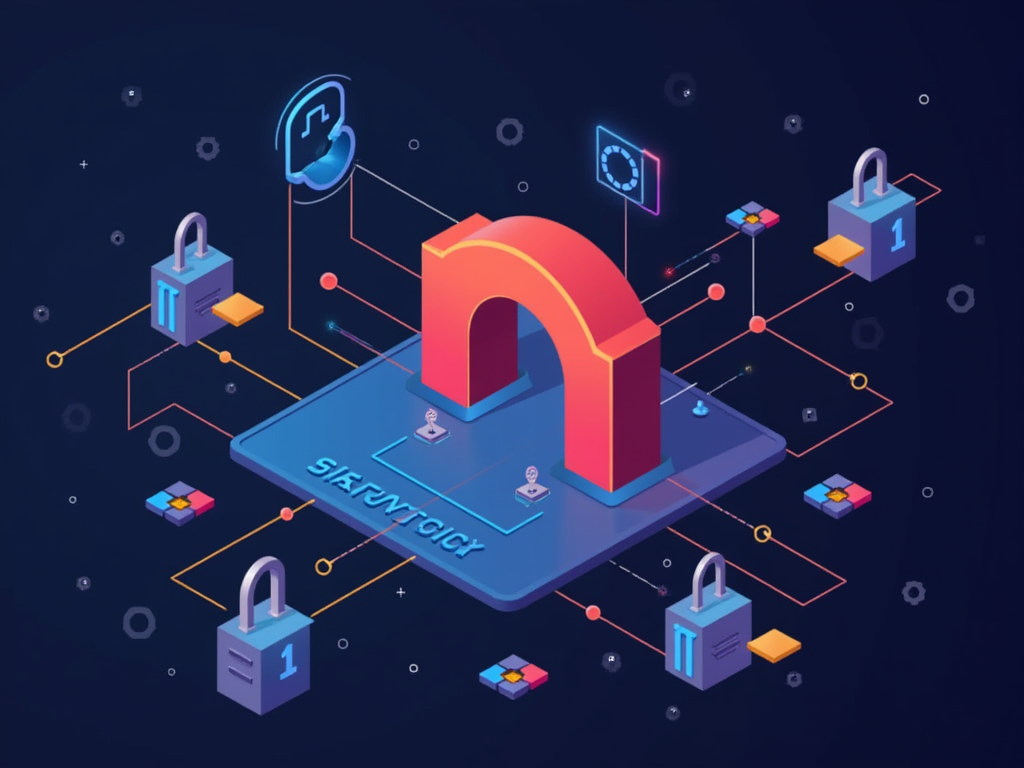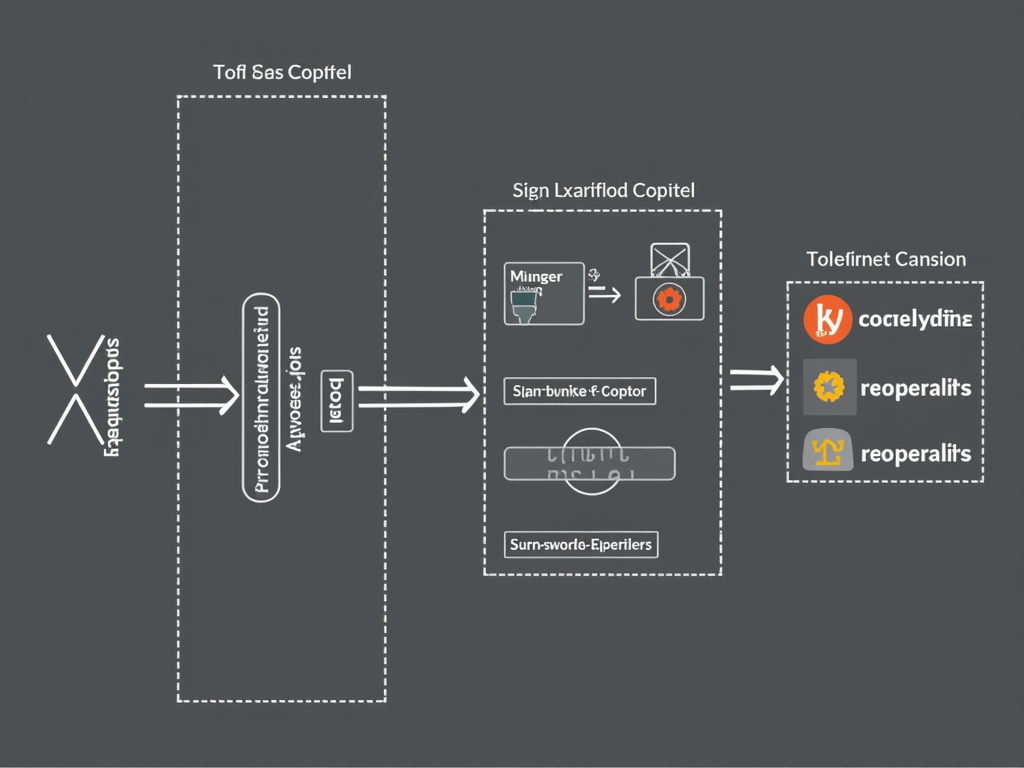How to Use Smart Cards and PKI for Secure Authentication
In today’s digital age, security is a top priority. As our lives become increasingly dependent on technology, the need for robust authentication mechanisms grows stronger. In this article, we will explore how smart cards and Public Key Infrastructure (PKI) can be used to provide secure authentication.
What are Smart Cards?
Smart cards are small plastic cards that contain a microprocessor and various types of memory. They are used to store sensitive information such as identification credentials, cryptographic keys, and certificates. The unique feature of smart cards is their ability to perform complex calculations and execute software instructions, making them ideal for secure authentication purposes.
How Do Smart Cards Work?
Smart cards work by storing a user’s identity and any relevant credentials on the card. When a user needs to access a system or network, they insert their smart card into a reader connected to the device. The smart card contains a unique identifier and a cryptographic key that is used to encrypt and decrypt data.
Here are the steps involved in using a smart card for authentication:
- Initialization: The smart card is initialized by inserting it into a reader and entering a personal identification number (PIN).
- Authentication: The user’s identity is verified through a process of challenge-response, where the smart card responds to questions or presents a digital signature.
- Key Generation: A random key is generated on the smart card for encryption and decryption purposes.
- Encryption/Decryption: Data is encrypted with the generated key and decrypted at the receiving end using the same key.
What is Public Key Infrastructure (PKI)?
Public Key Infrastructure (PKI) refers to a set of technologies, policies, and procedures used to create, manage, distribute, and revoke digital certificates. Digital certificates are electronic documents that contain information about an individual or organization, including their public and private keys.
How Does PKI Relate to Smart Cards?
PKI is closely related to smart cards because it provides the infrastructure for issuing and managing digital certificates, which are used to authenticate users and devices. Here’s how PKI relates to smart cards:
- Certificate Issuance: A certificate authority (CA) issues a digital certificate to a user or device after verifying their identity.
- Key Pair Generation: The CA generates a public-private key pair for the user or device, which is stored on the smart card.
- Certificate Management: The CA manages the issuance, revocation, and renewal of digital certificates.
Benefits of Using Smart Cards and PKI for Authentication
Using smart cards and PKI for authentication provides several benefits:
- Increased Security: Smart cards and PKI provide strong authentication, making it difficult for attackers to impersonate users or devices.
- Improved Efficiency: Smart cards can perform complex calculations and execute software instructions, reducing the need for manual intervention.
- Scalability: PKI infrastructure allows for easy management of large numbers of users and devices.
Challenges and Limitations
While smart cards and PKI offer robust authentication capabilities, there are some challenges and limitations to consider:
- Cost: Smart cards can be expensive, especially if they require specialized readers or software.
- Complexity: The use of smart cards and PKI requires a good understanding of cryptography and PKI concepts, which can be complex for some users.
- Interoperability: Compatibility issues may arise between different smart card platforms and PKI infrastructures.
Conclusion
In conclusion, smart cards and PKI provide a powerful combination for secure authentication. By using smart cards to store sensitive information and PKI to manage digital certificates, organizations can ensure strong authentication and reduce the risk of identity theft or unauthorized access. While there are some challenges and limitations to consider, the benefits of using smart cards and PKI far outweigh the drawbacks.
References
- [1] Smart Card Alliance. (n.d.). What is a Smart Card? Retrieved from https://www.smartcardalliance.org/what-is-a-smart-card/
- [2] Public Key Infrastructure (PKI). (n.d.). Retrieved from https://en.wikipedia.org/wiki/Public_Key_Infrastructure
Note: This article is written in markdown format, which allows for easy reading and formatting. The references section includes links to external sources for further information on smart cards and PKI.



